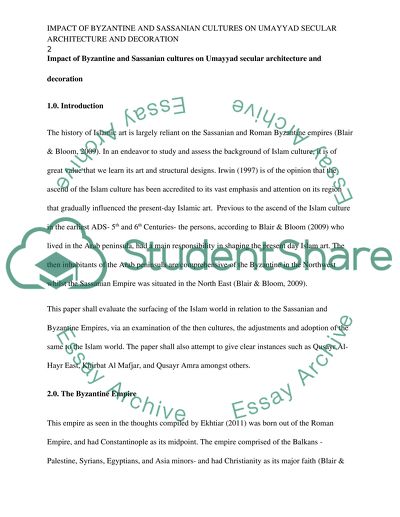Cite this document
(“Assess the impact of Byzantine and Sassanian cultures on Umayyad Essay”, n.d.)
Assess the impact of Byzantine and Sassanian cultures on Umayyad Essay. Retrieved from https://studentshare.org/visual-arts-film-studies/1475322-assess-the-impact-of-byzantine-and-sassanian
Assess the impact of Byzantine and Sassanian cultures on Umayyad Essay. Retrieved from https://studentshare.org/visual-arts-film-studies/1475322-assess-the-impact-of-byzantine-and-sassanian
(Assess the Impact of Byzantine and Sassanian Cultures on Umayyad Essay)
Assess the Impact of Byzantine and Sassanian Cultures on Umayyad Essay. https://studentshare.org/visual-arts-film-studies/1475322-assess-the-impact-of-byzantine-and-sassanian.
Assess the Impact of Byzantine and Sassanian Cultures on Umayyad Essay. https://studentshare.org/visual-arts-film-studies/1475322-assess-the-impact-of-byzantine-and-sassanian.
“Assess the Impact of Byzantine and Sassanian Cultures on Umayyad Essay”, n.d. https://studentshare.org/visual-arts-film-studies/1475322-assess-the-impact-of-byzantine-and-sassanian.


